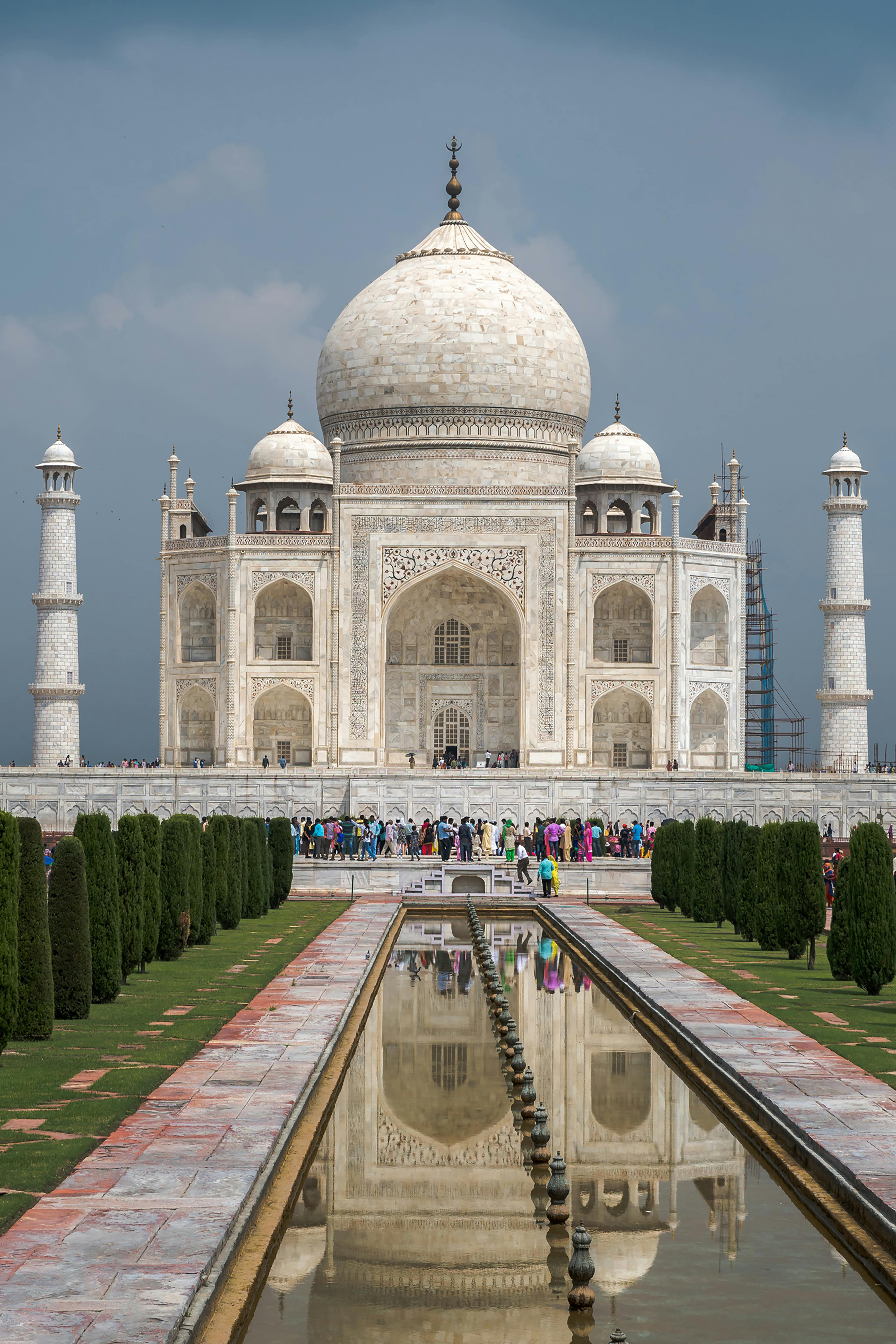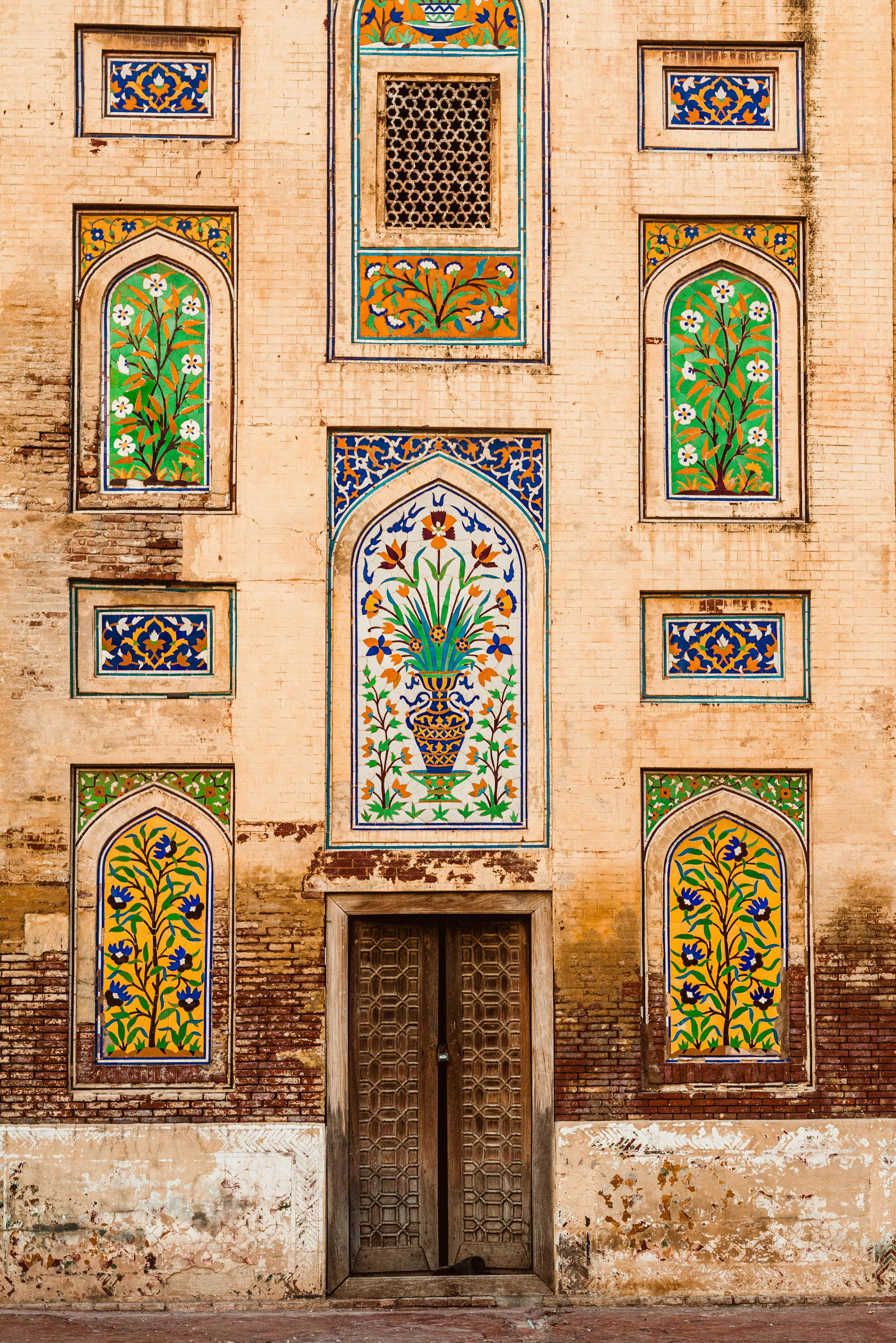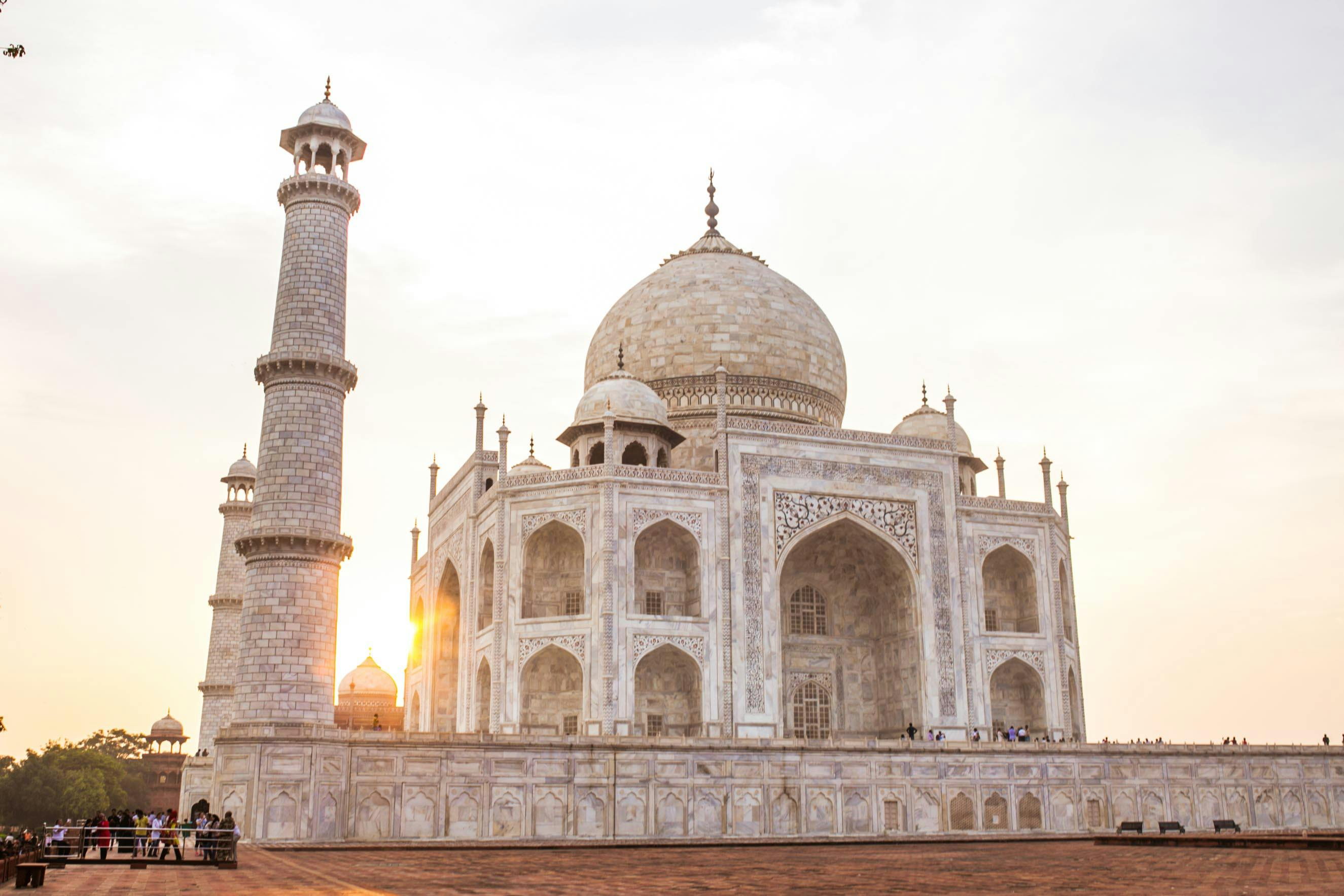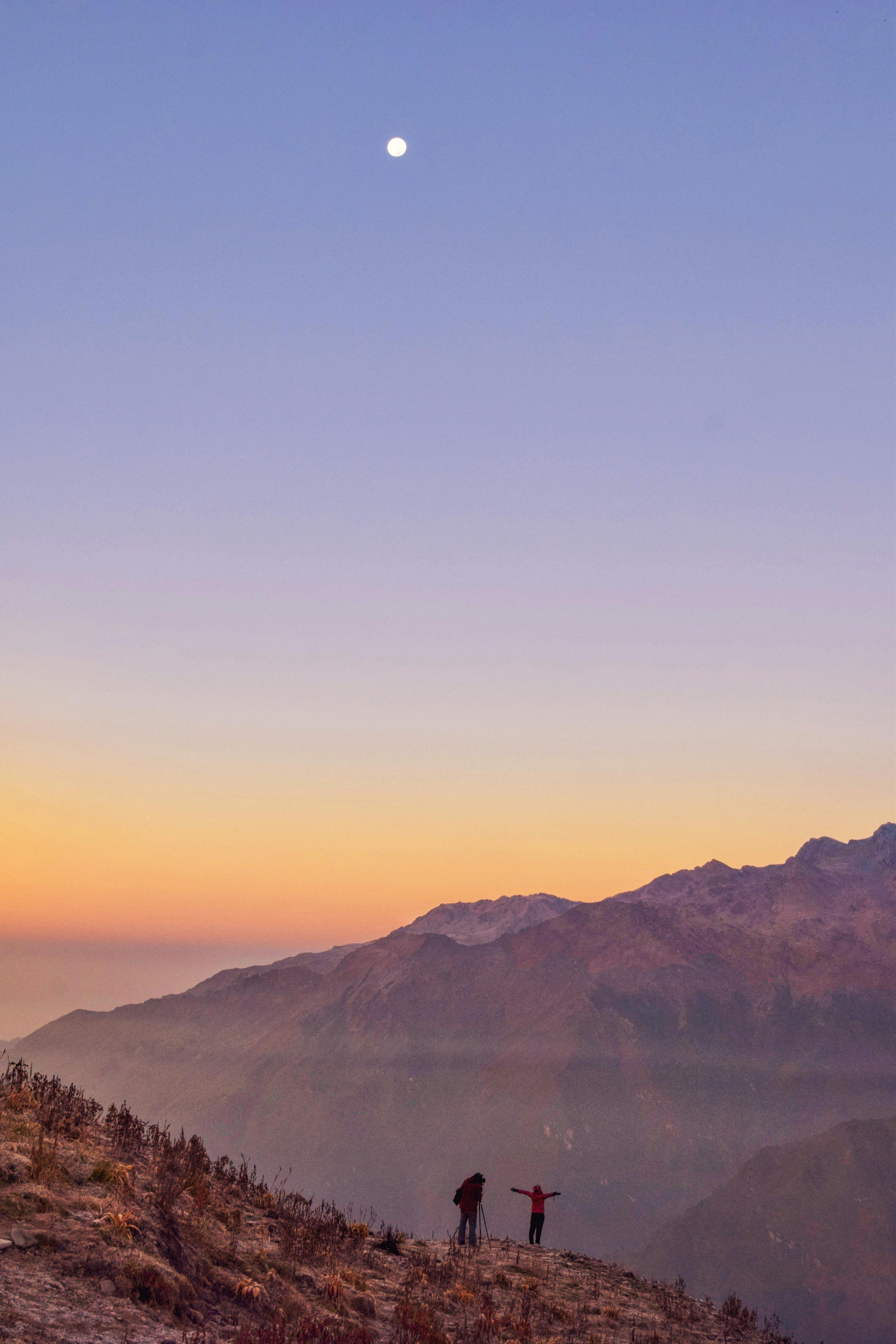The Taj Mahal, a magnificent mausoleum located in Agra, India, stands as a testament to love, artistry, and architectural excellence. Built in the 17th century, it is often regarded as one of the world’s most beautiful buildings and a UNESCO World Heritage Site. In this blog post, we will explore the history, architecture, cultural significance, and practical tips for visiting this incredible site.

History of the Taj Mahal
The Taj Mahal was commissioned in 1632 by Mughal Emperor Shah Jahan as a tribute to his beloved wife Mumtaz Mahal, who died during childbirth. The construction began in the same year, and it took approximately 22 years to complete, finally finishing in 1653. With its completion, the Taj Mahal became a mausoleum for Mumtaz Mahal, symbolizing Shah Jahan’s profound love and grief.
Construction Timeline
The construction of the Taj Mahal involved thousands of artisans, craftsmen, masons, and laborers from across the empire and beyond. The complex task included sourcing materials from various parts of India and even from other countries. White marble was brought from Makrana, Rajasthan, and precious stones were imported from different regions to enhance the beauty of this architectural wonder.

Architectural Design
The Taj Mahal is famous for its stunning Mughal architecture, which combines elements from Persian, Islamic, and Indian styles. The most striking feature is the large white marble dome that rises majestically above the rest of the structure.
Key Features
- The Dome: The central dome is about 35 meters high and is surrounded by four smaller domes, creating a harmonious visual symmetry.
- Minarets: Each corner of the Taj Mahal is adorned with beautiful minarets, which not only serve a decorative purpose but also provide stability to the structure.
- Reflecting Pool: The classic reflecting pool in front of the Taj Mahal enhances the beauty of the structure, creating stunning reflections that are a photographer’s dream.

Cultural Significance
The Taj Mahal is more than just an architectural marvel; it holds immense cultural and historical significance. Recognized as a symbol of love, it attracts millions of visitors from around the globe and is often used as a backdrop for romantic occasions, including weddings and proposals.
UNESCO World Heritage Site
In 1983, the Taj Mahal was designated as a UNESCO World Heritage Site due to its extraordinary beauty and historical importance. It represents a significant part of India’s rich Mughal heritage and is a masterpiece of world architecture.

Visiting the Taj Mahal
For those planning to visit the Taj Mahal, here are some essential tips to make the most of your experience:
Best Time to Visit
The ideal time to visit the Taj Mahal is during the cooler months between October and March. Early mornings are particularly stunning, as the soft light and fewer crowds create a magical atmosphere.
Entry Tickets
Entry to the Taj Mahal requires a ticket, which can be purchased online or at the entrance. Foreign tourists typically pay a higher fee than Indian citizens. It is advisable to book tickets in advance, especially during peak tourist season.

Conclusion
The Taj Mahal stands as an enduring symbol of love and a remarkable achievement in architectural design. Its beauty attracts people from all walks of life and offers a glimpse into the rich history of the Mughal Empire. A visit to this historic site is not only a journey through time but also an experience that inspires love and admiration for art and architecture.
